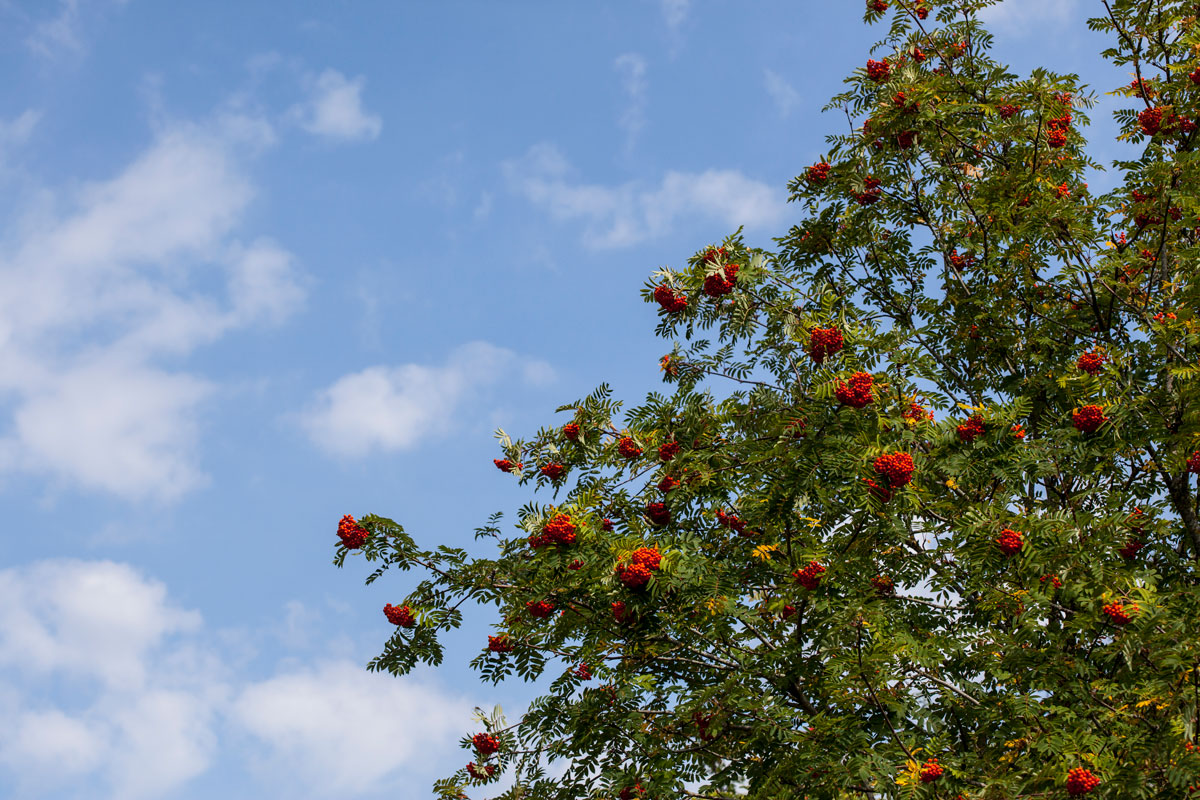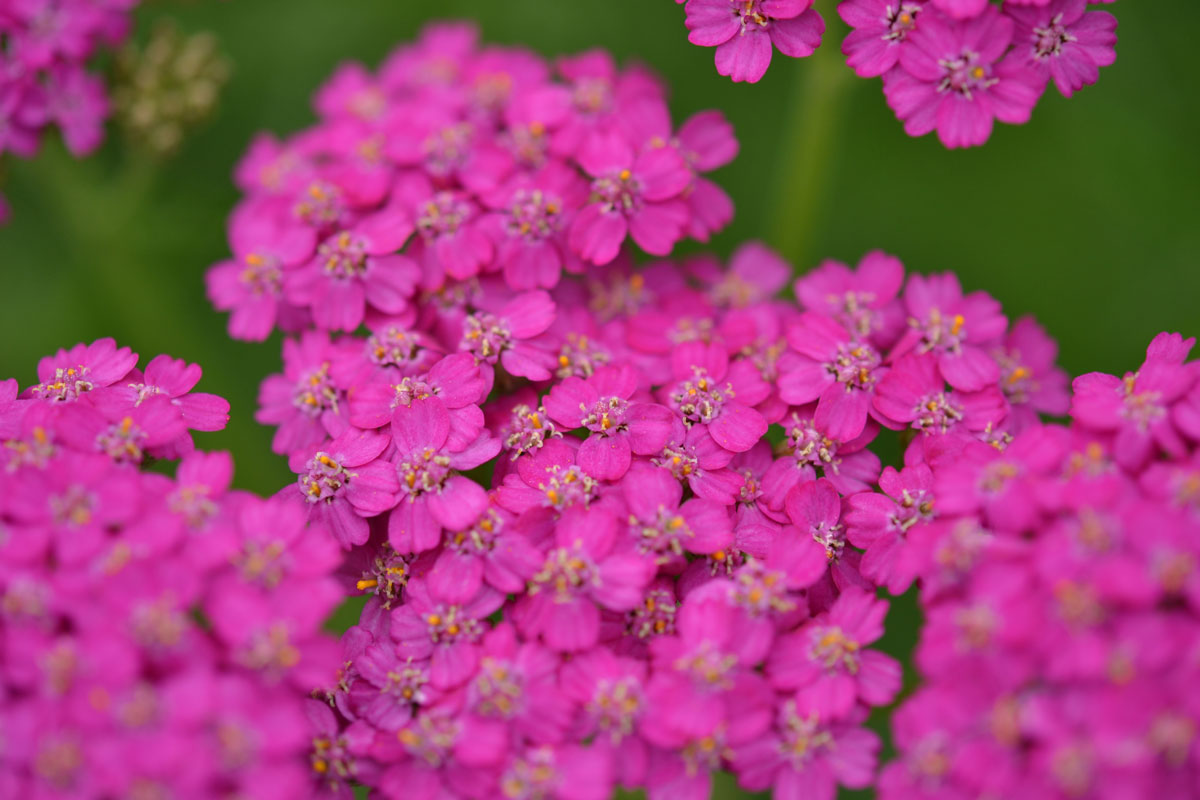Are you a native of Colorado and looking to spruce up your landscaping? Adding flowering shrubs and trees is the perfect way to add both color and fragrance to your existing outdoor space. Depending on where you live in Colorado, certain species of trees and shrubs will do better than others. You will need to find a tree or shrub that best meets your needs. We have researched 11 Colorado flowering shrubs and trees that will fit your landscaping needs.
Here is a list of 11 of our favorite Colorado flowering shrubs and trees:
- Russian hawthorn
- Flowering crabapple
- European mountain ash
- Tulip tree
- Golden rain tree
- Blue Chinese wisteria tree
- Common purple lilac
- Annabelle hydrangea
- Neon flash spirea
- Red prince weigela
- Autumn brilliance serviceberry
Various areas in Colorado have been known to have a history of being affected by drought. Some trees simply will not grow in certain parts of Colorado. There are several plant hardiness zones in Colorado. Knowing your plant hardiness zone is important when choosing which tree or shrub to plant. Continue reading to discover your plant hardiness zone and to learn more about each flowering tree or shrub. These options are both pretty to look at and easy to care for.

Plant Hardiness Zones
As you can see from the map above, depending on where you reside in Colorado, you will be in plant hardiness zones 3-7. Search for your city and check the color on the map of where your city is located.
Find the corresponding color on the key and that will tell you your plant hardiness zone. You will want to choose trees and shrubs that are made to grow in your corresponding zone. Each description below will tell you the best zones for growing that particular tree or shrub.
11 Favorite Colorado Flowering Trees And Shrubs
Now the fun begins. Read about each tree and shrub and see if it appeals to you and your landscaping requirements. Hopefully, you will find something that will add interest and delight to your outdoor space in Colorado.
1. Russian Hawthorn
This tree is extremely hardy and comes highly recommended to people living in Colorado. It is drought-tolerant and displays interesting characteristics throughout the whole year.
It performs best in zones 4-8. In spring, it is filled with stunning white flowers, which are numerous in clusters. By the end of summer, the flowers mature into red fruit. The fruit turns a rust-red color in the fall and looks glorious with the leaves that will turn yellow.

If you're worried about a harsh Colorado winter, have no fear. These trees can survive -30°F, making them perfect for the Colorado climate. They will grow 15-25 feet tall.
In the winter, the berries will remain on the tree and look beautiful against the crisp white snow.

2. Flowering Crabapple
If you want a tree that is magnificent in the spring, the flowering crabapple is hard to beat. Flowering Crabapple trees come in varieties with either white, several shades of pink, or even red flowers. Established trees will have some drought resistance. Zones 4-8 are recommended for growing the Flowering Crabapple.

The Robinson Crabapple is an excellent choice for the Colorado area. It is known for its gorgeous deep pink flowers and red fruit. The apples can be harvested and used for jam or jelly.
Blooms are everywhere on the crabapple tree, making it a total showstopper!
3. European Mountain Ash
If you're in search of a tall and large tree, then look no further. European mountain ash trees can grow up to 40 feet tall. These trees are somewhat similar to the Russian hawthorn.
Clusters of white flowers will bloom in the spring, followed by clusters of red-orange pome fruits. You might even get to enjoy some bird watching on this tree, as birds are very attracted to the fruit.
The recommended plant hardiness zones for this tree are zones 3-6. They perform well in drought, cold, and snow.

This photo shows the tree after it has bloomed and is covered in clusters of red-orange fruit.
4. Tulip Tree
No, this isn't a tree covered in the traditional tulips you may be thinking of. This unique tree does, however, produce yellow tulip-shaped blossoms with orange centers.
Make sure you plant this in a large space, as it can quickly grow 70-80 feet tall. The blooms have a beautiful magnolia fragrance and look impressive year round. The tulip tree is a great shade tree and can grow as much as 2 feet in a year.

Growing zones for the tulip tree are zones 4-9. This stately tree will be worthy of compliments.
Here you can see a close-up of the tulip-like blossoms on this variety of trees.
5. Golden Rain Tree

Most trees bloom in spring, but this late bloomer will flower in late summer to early fall. The beautiful, intense yellow blooms will even last for a month or more.
Each blossom is 15 inches long and kids sometimes refer to this tree as the "firecracker tree" because its blooms look like firecrackers. It grows best in zones 5-9 and puts on a show in every season.
6. Blue Chinese Wisteria Tree
If you're looking for an enchanting tree, here is the one for you. This tree will be the focal point of your yard and will surely turn heads. It is best grown in zones 5-9. Wisteria is mostly known as a vine, but growers have trained this plant and turned it into a tree.
The magnificent blooms begin as dark purple and over time will turn into a lilac color and finally an eye-catching, dazzling blue shade. This fragrant one-of-a-kind tree will be the talk of the neighborhood.
7. Common Purple Lilac

You're probably no stranger to this fragrant shrub that will grow best in zones 3-7. The common purple lilac is easy to care for and cold hardy with extremely fragrant blossoms.
There is nothing quite like the smell of fresh blooming lilacs. The cold will be no match for these shrubs, and they will come back year after year. Lilacs make a beautiful hedge and will attract many pollinators such as hummingbirds and butterflies.
8. Annabelle Hydrangea

This variety of hydrangea is very dependable and adds sophistication to any landscape. Its enormous white blossoms will show from summer to winter.
The versatile Annabelle hydrangea can be grown in zones 3-9. Cut and dry the blossoms to make gorgeous decorations. As with some hydrangeas, there is no need to fuss with the pH level in the soil, as this will adapt to all soil types.
9. Neon Flash Spirea

Reaching only 3 feet tall by 3 feet wide, this flashy flowering shrub with neon, electric cherry-red flowers will dazzle. Recommended for growing zones 3-8, this bloomer will continuously blossom all summer long.
This compact shrub is extremely easy to care for and takes very little work. To speed up blooming, snip off old blooms to encourage new ones along. The cold-hardy shrubs are all about color and will add the perfect pop of color to your landscape.
10. Red Prince Weigela

Make a bold statement by incorporating the Red prince weigela into your landscaping. You will be shocked by the amount of radiant red flowers that will bloom on this fantastic shrub.
This can often be mistaken for an azalea or rhododendron. This repeat bloomer will bloom two times each season and will not disappoint either time. Pick this one up if you are in growing zones 4-8. It will add vibrance wherever you plant it.
11. Autumn Brilliance Serviceberry
Delicate white flowers will cover this tree in the spring, eventually turning into green berries, which will mature into deep purple berries. The edible berries can be used to make pies, jams, or eaten raw.
They resemble dark and large blueberries. Their leaves turn a brilliant orange and red color in the fall, hence the name autumn brilliance. Zones 3-9 are perfect for these trees, which are adaptable and perfect for the Colorado weather.
You can see the brilliant foliage in the fall on this serviceberry tree.
In Closing

As you can see, Colorado can be home to many spectacular flowering trees and shrubs. Many options are available, and most options will work in many of the growing zones in Colorado.
If you have a small or large space to fill, think about incorporating one of these striking trees or shrubs into your landscape. Get started today and plant one of these impressive flowering shrubs or trees in your yard. You won't be disappointed!
Looking for some landscape tips? Click on the following links:
When Should You Cut Back Hawthorn Trees?
Are Crabapple Trees Deer Resistant? [With Tips On How To Protect Them]
